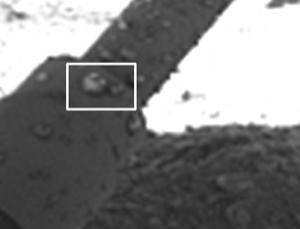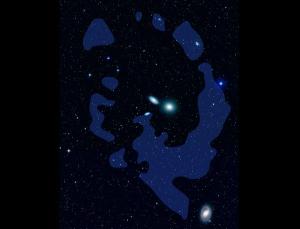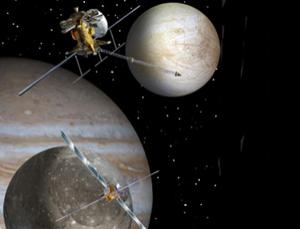
© NASANASA's STEREO spacecraft will search for objects trapped at the Lagrangian points.
They are the places gravity forgot. Vast regions of space, millions of kilometres across, in which celestial forces conspire to cancel out gravity and so trap anything that falls into them. They sit in the Earth's orbit, one marching ahead of our planet, the other trailing along behind. Astronomers call them Lagrangian points, or L4 and L5 for short. The best way to think of them, though, is as celestial flypaper.
In the 4.5 billion years since the formation of the solar system, everything from dust clouds to asteroids and hidden planets may have accumulated there. Some have even speculated that alien spacecraft are watching us from the Lagrangian points, looking for signs of intelligence.
Putting little green men to one side for the moment, even the presence of plain old space rocks would be enough to keep most people happy. "I think you certainly might find a whole population of objects at L4 and L5," says astrophysicist Richard Gott of Princeton University.


